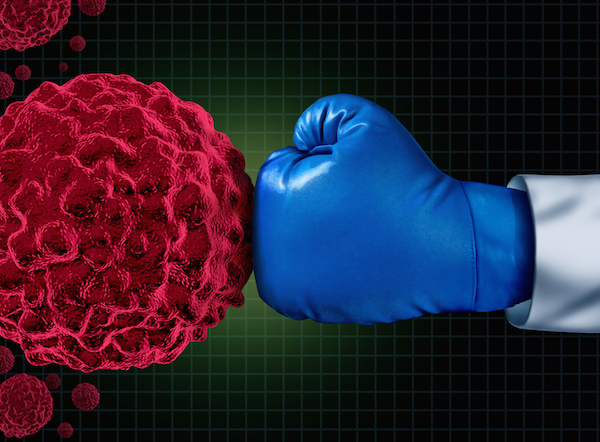TUESDAY, Nov. 9 (HealthDay News) — Tobacco carcinogens were found in the urine of 90 percent of children who lived in a home where at least one parent smoked, a new study has found.
The analysis of urine samples from 79 U.S. children aged 1 month to 10 years also found that the average level of tobacco carcinogens in the children was about 8 percent of the level found in smokers.
“This finding is striking, because while all of the researchers involved in this study expected some level of exposure to carcinogens, the average levels were higher than what we anticipated,” lead researcher Janet L. Thomas, an assistant professor of behavioral medicine at the University of Minnesota, said in an American Association for Cancer Research (AACR) news release.
She noted that levels of carcinogens found in the urine of adult nonsmokers who are exposed to secondhand smoke are 1 to 5 percent that of smokers.
“No one knows the long-term impact of cumulative exposure to these chemicals. It could prime the body in some way that leads to DNA changes in cells that might contribute to lung damage, and potentially lung cancer,” Thomas said.
Among the other findings:
- There was a direct correlation between the number of cigarettes smoked each day by adults in a home and the level of tobacco carcinogens in the children.
- There was a link between children’s exposure to secondhand smoke in the home and lower socioeconomic status, employment and parental education.
- Black children had the highest levels of tobacco carcinogens in their urine, even if their parent or parents smoked comparatively less. This suggests that black children metabolize tobacco chemicals differently.
“Almost one-third of young children in the United States live in a house with at least one smoker. My concern is that parents and family members may not truly understand the risk they pose to these children,” Thomas said.
The study was scheduled to be presented at this week’s AACR Frontiers in Cancer Prevention Research Conference, held in Philadelphia.
More information
The U.S. Centers for Disease Control and Prevention has more about children and secondhand smoke.

